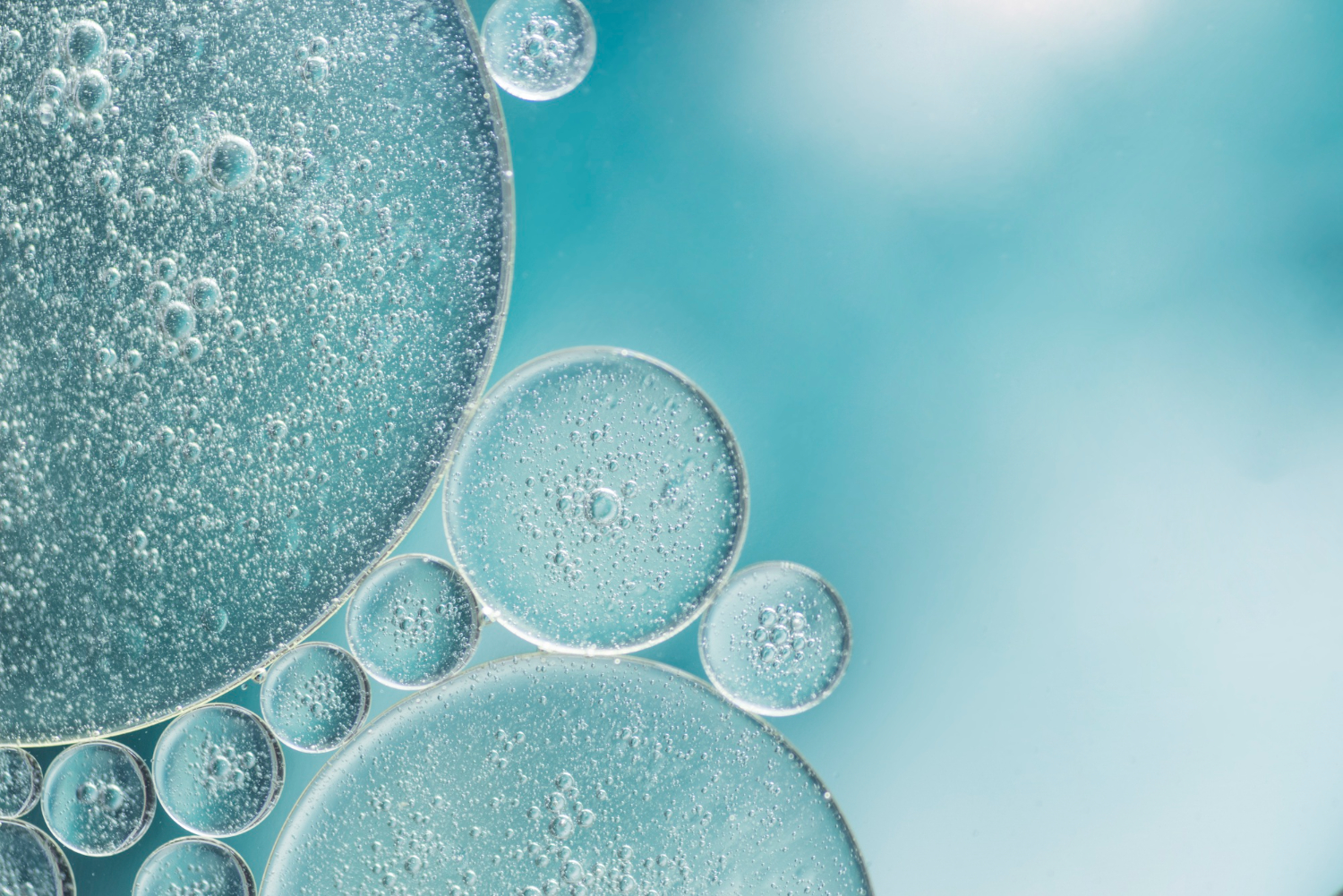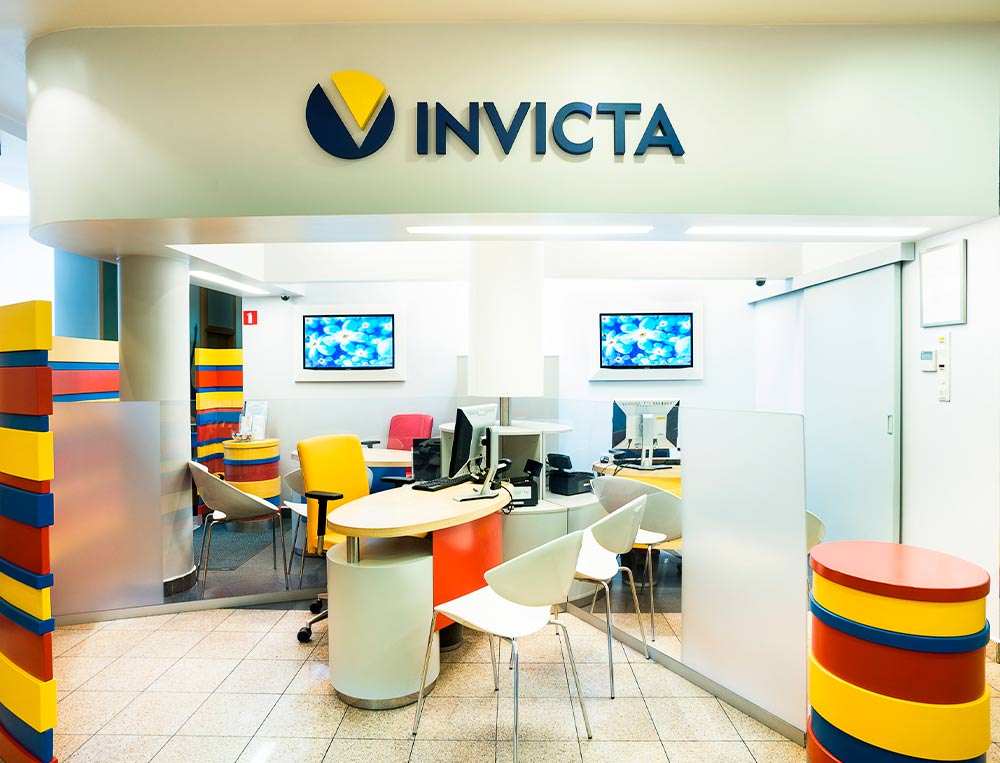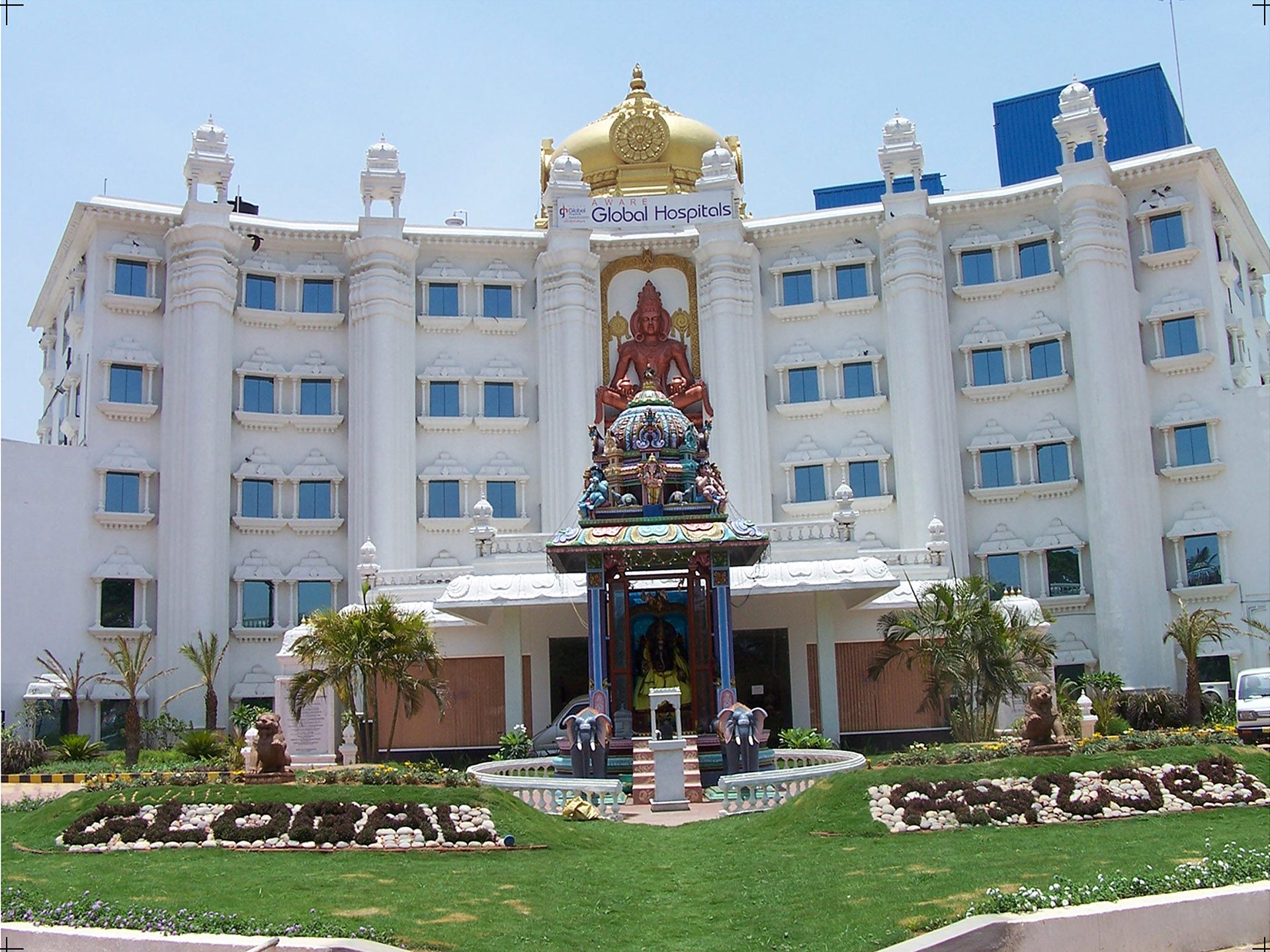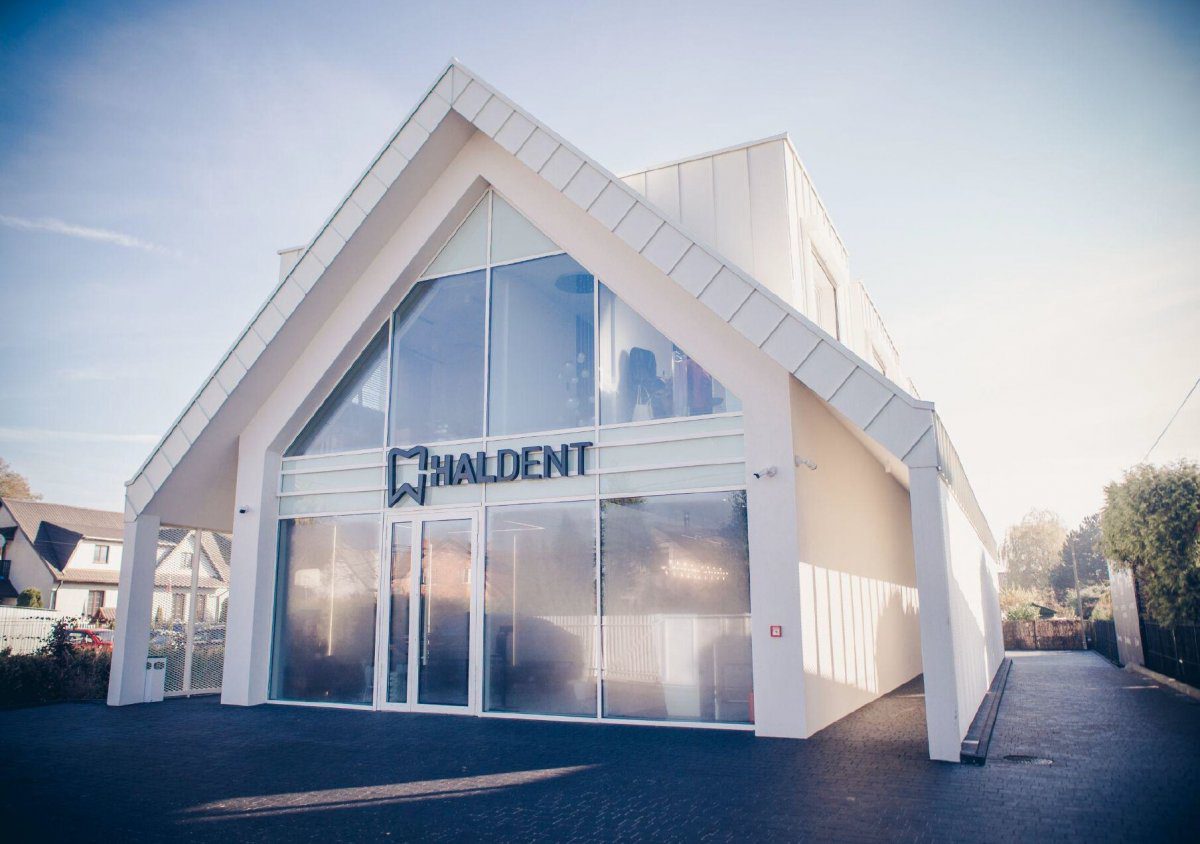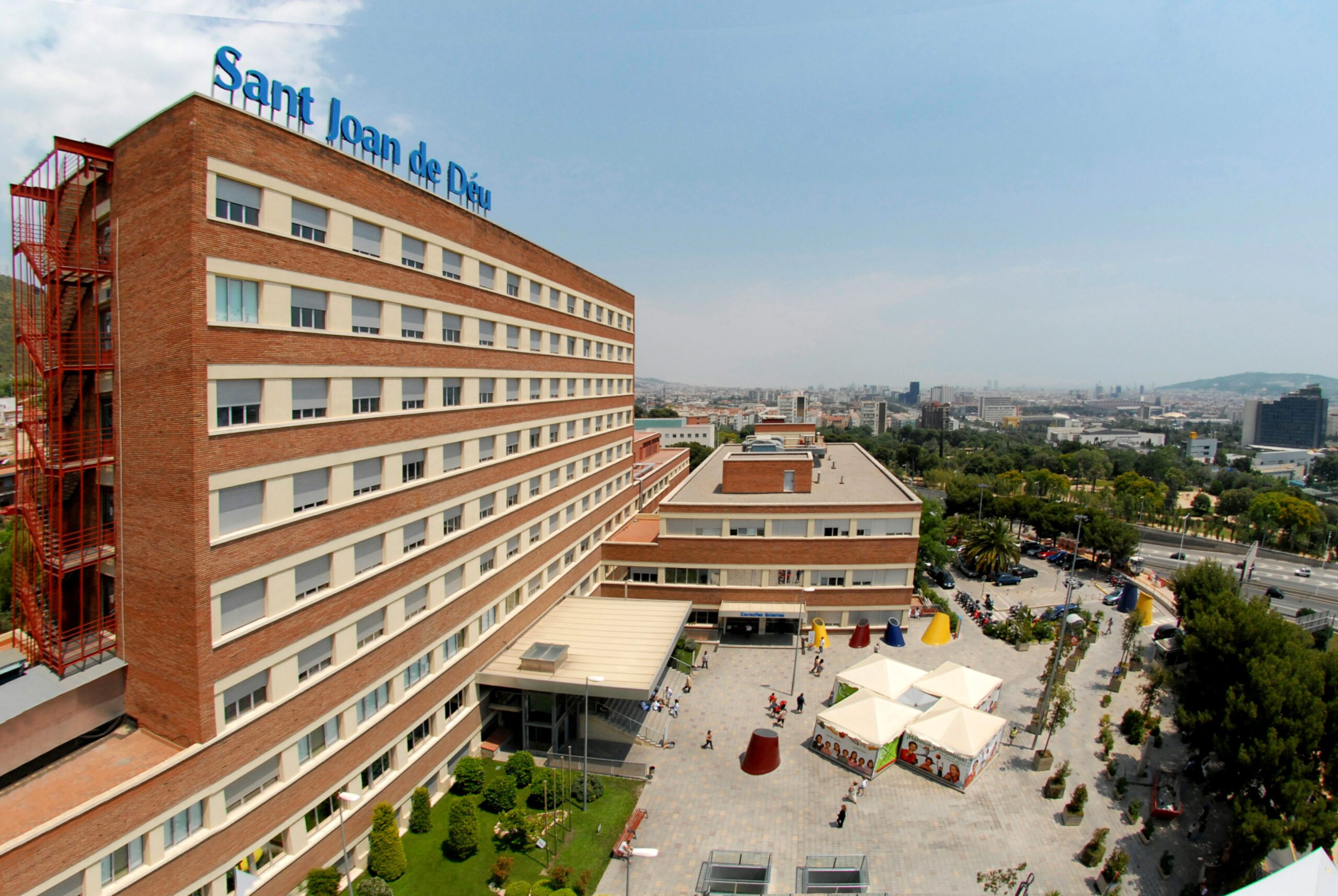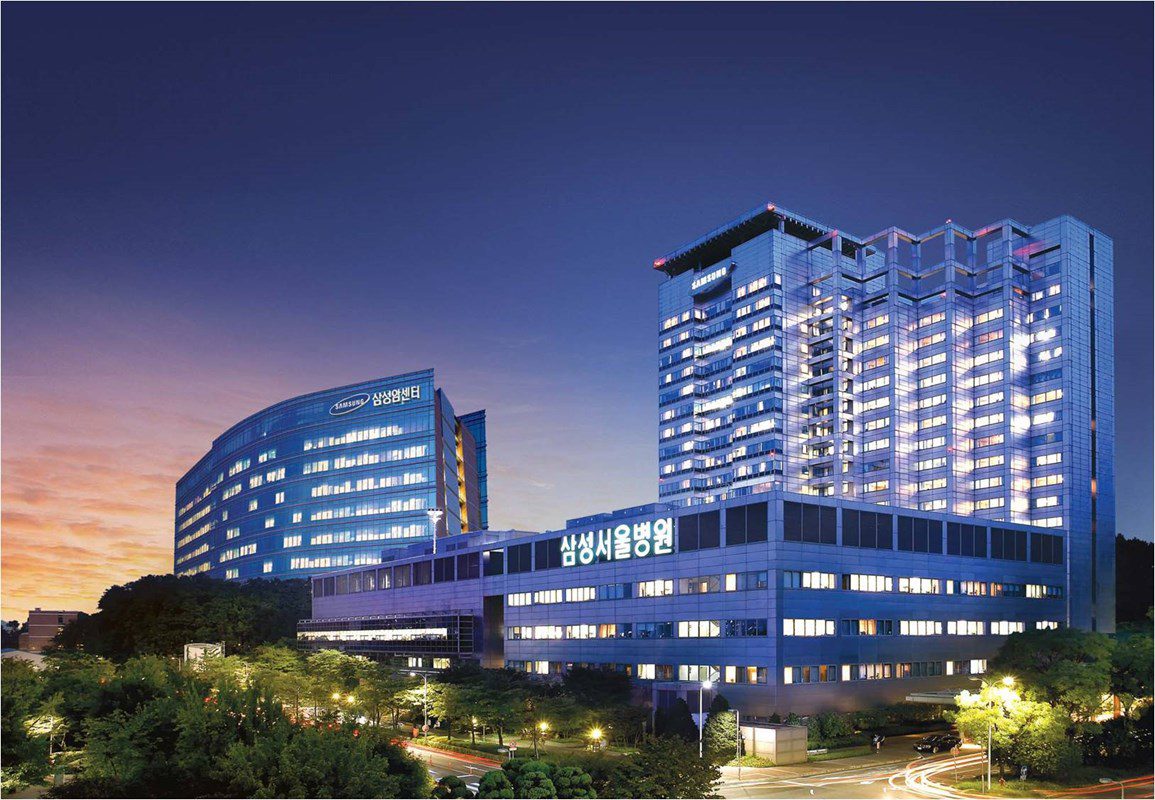Find out the profound impact of regenerative medicine, offering renewed chances for recovering for people facing chronic gut inflammation disorders such as Ulcerative Colitis(UC) and Crohn’s Disease(CD). These diseases lead to ongoing irritation and damage within the digestive system, resulting in severe, life-altering reactions that can drastically affect daily living. Persistent irritation in these statements not only leads to recurring ache, diarrhea, and extensive enteric damage but also significantly disrupts overall health and daily functioning.Traditional medications focus mainly on managing flare-ups and alleviating symptoms, but they often fail to address the root cause of the condition. In contrast, cell-based intervention stands out as a cutting-edge and pioneering venue, capable of not only mitigating irritation and discomfort but also supporting regenerative curing and long-lasting recovery. By exploiting the body’s natural curing practices, this sophisticated methodics paves the way for a new era in controlling and feasibly transmuting the forthcoming gastrointestinal health.
Transformative Cellular Therapy – Empowering the Body’s Natural Healing
For individuals dealing with the continuous trials of UC and CD, long-term inflammatory processes stand out as one of the key obstacles to preserving a healthy, properly functioning digestive system. In the pursuit of a more successful issue, stem cell therapy has emerged as a pathtacking field of study, revealing its capabilities to actively mitigate irritation and facilitate healing of gut cells. What sets progenitor cells apart is their notable ability to become a wide spread of specialized cells, a property that offers great capability for restoration of the worn intestinal lining. By possibly healing tissue integrity and activating at a cellular level, this sophisticated therapeutic venue could overhaul the medication sphere, proposing a new variant of therapy for long-term soothing and augmented well-being for those facing these debilitating statements.
Addressing Persistent Immune Response Dysfunction
One of the most remarkable advantages of cellular regeneration lies in its potent anti-irritating properties, which have the capability to transform the curing sphere for patients facing persistent Inflammatory Bowel Disease (IBD) such as UC and CD. Opposite of usual medicine that initially aims to suppress symptoms, this type of curing proposes a novel venue by directly targeting the root of irritation reactions at a cellular level. Through clear-cut and strategic application, this method of healing may help fine-tune the defense system, mitigating excessive soreness and stimulating cellular healing. This could lead to substantial symptom soothing and, in some cases, even long-lasting recovery. Playing a crucial role in these forward movements, the Cellthera Stem Cell Therapy Center has been at the forefront of pioneering surveys in this sphere, working diligently to refine and optimize the healing ability of this method of curing for soreness disorders. By continuously revealing cutting-edge applications, this cutting-edge method paves the way for more successful and renewal issues for those battling the challenges of persistent colon-related disorders.
Encouraging tissue repair and colon-related healing
This system of an IBD patient endures constant irritation and harm. This method of curing holds the singular capability of differentiating into a range of cellular fibers, comprising those notable for gut lining revival. By promoting the restoration of healthy fibre, this type of treatment could uplift regenerated ulcerated areas, mitigate the likelihood of adverse effects, and enhance digestive process. This treatment ability offers relief to those who have faced limited success using usual methodics.
Restoring Immune Function
For individuals suffering from above illnesses the alimentary canal endures constant inflammatory process, chronic irritation, and gradual harm. This persistent stress weakens the gut lining, heightens immune responses, increases the risk of complications, and severely disrupts normal function. Traditional treatment methods primarily aim to mitigate irritation and control clinical signs but often fall short when it comes to rebuilding the harmed gut lining. In contrast, this innovative approach opens a new avenue of treatment, proposing the unique capability to transform into specialized cell types, including those essential for regenerating the intestinal wall and restoring its integrity.
By actively promoting the revitalization of tissue, this methodics offer multiple capable benefits, such as:
- Healing ulcers and fibre damage, reducing discomfort and restoring gut processes.
- Lowering the risk of critical problems like stenosis, tunnel formations, and excessive scarring.
- Modulating the defence reaction to mitigate irritation and avoid further destruction.
- Enhancing overall intestinal efficiency, leading to better nutrient absorption and symptom recovery.
- Providing hope for persistent remission, especially for people who have seen partial achievement with classical methodics.
Patient-Derived Cellular Therapy – A Custom-Tailored Healing Strategy
One of the most encouraging and sophisticated aspects of this method of recovery for IBD is the ability to use the patient’s own progenitor cellular units, known as autologous methods. This venue holds notable advantages in terms of stability and curative impact, as it minimizes the threat of immune rejection and adverse reactions commonly corresponding to the use of donor cellular structures. Similar to these strategies for other statements such as Amyotrophic Lateral Sclerosis (ALS), progenitor cells can be harvested directly from the patient’s body, typically from materials like hematopoietic or lipid-rich tissue. These cellular structures are then processed and reintroduced into the body to promote targeted renovation and tissue rebuilding within the GI tract.
This customised venue to curing not only increases the likelihood of success by ensuring compatibility between the progenitor cellular structures and the patient’s immune system but also enhances the curing potential of the progenitor cellular units themselves. By harnessing the body’s own natural restoring ability, autologous stem cell methodics offers several key benefits, comprising:
- Minimized risk of rejection response, as the body recognizes and accepts its own cells.
- Reduced likelihood of adverse reactions, leading to a safer and more well-tolerated practice.
- Enhanced rejuvenation capability, since the progenitor cells are specifically tailored to the patient’s needs.
- Greater proven benefits for enduring regeneration of damaged epithelial tissues of the gut, supporting overall digestive health.
- Customised methodics plans that can be adapted to the unique needs of each person, improving outcomes.
Improving Quality of Life
While this kind of curing is not definitive for UC or CD, it holds the capability to dramatically boost patients’ quality of life. By mitigating the severity of affects such as stomach ache, chronic loose stools, and fatigue, this innovative therapy may allow individuals to steer more normal and active lives. Moreover, by decreasing the rate of illness flare-ups, patients may experience longer periods of remission and improved overall well-being.
Relentless Inquiries and Expanding Frontiers
Survey into this kind of curing for IBD continues to expand, with drug studies exploring its efficacy and long-term benefits. As scientific advancements progress, stem cell-based treatments may become more accessible and refined. Patients interested in this option should consult healthcare professionals, stay informed about the latest developments, and consider drug studies as part of their curing strategy.
How much does stem cell therapy cost for Crohn’s disease?
The cost of such curing methods varies depending on the clinic, country, and specific treatment protocol. In regions like the Czech Republic, where this venue of the madicine is advancing, costs can range from several thousand to tens of thousands of dollars. It’s essential to consult a reputable clinic for detailed pricing and treatment plans.
What is the new treatment for Crohn’s disease in 2025?
In 2025, several innovative cures for Crohn’s Disease emerged, including progenitor cell methodics, sophisticated biologics, and gut microbiome-based interventions. Progenitor cellular units research is at the forefront, offering new hope for long-lasting illness management and symptom reduction.
What is the latest cure for ulcerative colitis?
The latest cure for UC comprises sophisticated biologics, JAK inhibitors, and experimental progenitor cell methodics. These cutting-edge approaches aim to better handle irritation, promote curing, and extend relief phases for recipients.
How do you treat Crohn’s disease and ulcerative colitis?
Curing for IBD ordinarily involves a combination of medicine (such as anti-inflammatory drugs and immunosuppressants), dietary modifications, and, in severe cases, surgical intervention. This method represents an emerging alternative that may propose a regenerative and immune-modulating solution for long-term health condition control.
This kind of cure is reshaping the landscape of IBD practices, offering new possibilities for people seeking alternatives to conventional therapies. With continuous study and advancements in this venue of curing, the future holds great promise for recipients suffering from this disease.

